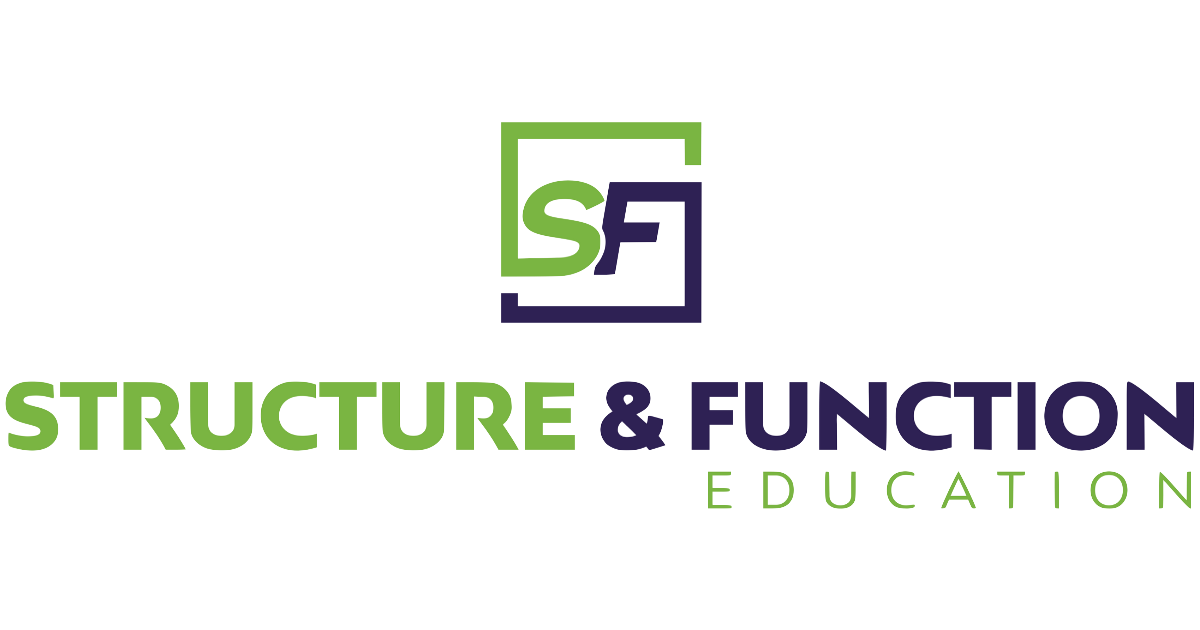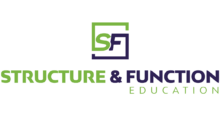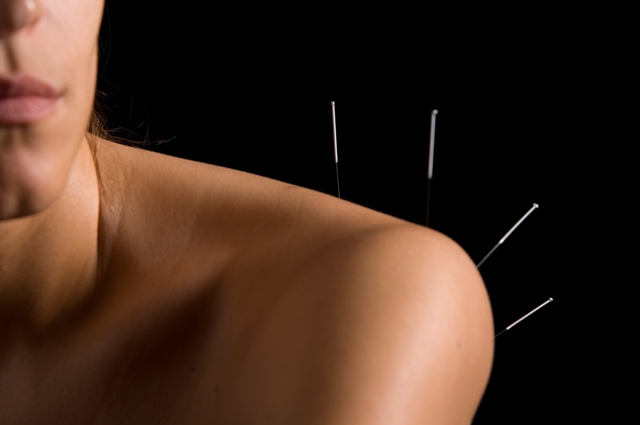Lateral epicondylitis is the most common overuse syndrome in the elbow. The use of dry needling to manage the inflammatory process and stimulate tissue regeneration and healing provides a reasoned rationale for the treatment of lateral epicondylitis.
Injury: Lateral Epicondylitis
Lateral epicondylitis is the most common overuse syndrome in the elbow[1–3]. It is an injury involving the extensor muscles of the forearm. These muscles originate on the lateral epicondylar region of the distal humerus and are commonly irritated through repetitive stress. In many cases, the insertion of the extensor carpi radialis brevis and radial nerve inflammation may also involved[2].
Etiology
While often called “tennis elbow,” it is actually more common in non-tennis players[4]. Only 5% of people suffering from tennis elbow relate the injury to tennis[3,4]. This is why repetitive upper extremity activities such as computer use, heavy lifting, forceful forearm pronation and supination, and repetitive loads all are associated with this pathology. A systematic review identified 3 primary risk factors for the condition: handling tools heavier than 1 kg, handling loads heavier than 20 kg at least 10 times per day, and repetitive movements for more than 2 hours per day. Other risk factors they discuss are overuse, repetitive movements, training errors, misalignments, flexibility problems, ageing, poor circulation, strength deficits or muscle imbalance and psychological factors[5]. This is why it is also seen in those who’s occupation requires repetitive one-sided movements in their jobs such as electricians, carpenters, gardeners also commonly present with this condition[4,6].
Lateral epicondylitis is typically characterized by elbow pain during or following elbow flexion and extension[7]. Lateral epicondylitis is classified as an overuse injury that may result in degeneration of the origin of the extensor tendon. Overuse of the muscles and tendons of the forearm and elbow together with repetitive contractions or manual tasks can put too much strain on the elbow tendons particularly at the tendinitis origination of the muscles. These contractions or manual tasks require manipulation of the hand that causes maladaptation in tendon structure that lead to pain over the lateral epicondyle. Mostly, the pain is located anterior and distal from the lateral epicondyle[8]. While called lateral epicondylitis, inferring it is an inflammatory condition, this name is usually a misnomer because, in general, microscopic evaluation of the tendons often does not show signs of inflammation, but rather angiofibroblastic degeneration and collagen disarray[9].
The Case for Dry Needling Lateral Epicondylitis
Whether the pain is due to inflammation or angiofibroblastic onset dry needling would be a good choice for the treatment of lateral epicondylitis, as it can address both of these proposed mechanisms. If the lateral epicondylitis truly is inflammatory in nature, a practitioner can use dry needling to manage the inflammatory process through the stimulation of the HPA axis and the body’s natural cholinergic anti-inflammatory mechanisims[10–12]. If it is more angiofibroblastic in onset the mechanotransducive qualities of dry needling can stimulate tissue regeneration and healing[13–17]. In either case dry needling provides a reasoned rationale for treatment of lateral epicondylitis.
A consensus statement from the National Institutes of Health states that study results are promising enough to consider acupuncture as an appropriate option for the treatment of lateral epicondylitis[18]. Two systematic reviews and one meta-analysis found that acupuncture leads to short-term pain reduction lasting as long as 2 months post treatment[19–21]. Two additional systematic reviews acknowledge that acupuncture might provide short-term benefit, but they conclude that there is insufficient evidence on the use of acupuncture for the treatment of lateral epicondylitis in the long term [22,23]. Several small scale studies have recently demonstrated decreases in pain and increases in function with dry needling both while guided with ultrasound or without[24–28].
Brian Hortz, PhD, AT, SFDN
Structure & Function Education
Director of Research and Education
To learn more about the Pentamodal Method
If you’re interested in learning how Structure & Function Education’s Pentamodal Method of dry needling can help you treat your patients with lateral epicondylitis, enroll for a course today at www.structureandfunction.net.
References:
- Nirschl RP. Elbow tendinosis/tennis elbow. Clin Sports Med. 1992;11(4):851-870.
- Zwerus EL, Somford MP, Maissan F, Heisen J, Eygendaal D, van den Bekerom MP. Physical examination of the elbow, what is the evidence? A systematic literature review. Br J Sports Med. 2018;52(19):1253-1260. doi:10.1136/bjsports-2016-096712
- Jobe, Ciccotti. Lateral and Medial Epicondylitis of the Elbow. J Am Acad Orthop Surg. 1994;2(1):1-8.
- Shiri R, Viikari-Juntura E, Varonen H, Heliövaara M. Prevalence and determinants of lateral and medial epicondylitis: a population study. Am J Epidemiol. 2006;164(11):1065-1074. doi:10.1093/aje/kwj325
- Van Rijn RM, Huisstede BMA, Koes BW, Burdorf A. Associations between work-related factors and specific disorders at the elbow: a systematic literature review. Rheumatol Oxf Engl. 2009;48(5):528-536. doi:10.1093/rheumatology/kep013
- Walz DM, Newman JS, Konin GP, Ross G. Epicondylitis: pathogenesis, imaging, and treatment. Radiogr Rev Publ Radiol Soc N Am Inc. 2010;30(1):167-184. doi:10.1148/rg.301095078
- Milz S, Tischer T, Buettner A, et al. Molecular composition and pathology of entheses on the medial and lateral epicondyles of the humerus: a structural basis for epicondylitis. Ann Rheum Dis. 2004;63(9):1015-1021. doi:10.1136/ard.2003.016378
- Pienimäki T, Tarvainen T, Siira P, Malmivaara A, Vanharanta H. Associations between pain, grip strength, and manual tests in the treatment evaluation of chronic tennis elbow. Clin J Pain. 2002;18(3):164-170.
- Bisset L, Beller E, Jull G, Brooks P, Darnell R, Vicenzino B. Mobilisation with movement and exercise, corticosteroid injection, or wait and see for tennis elbow: randomised trial. BMJ. 2006;333(7575):939. doi:10.1136/bmj.38961.584653.AE
- Cho ZH, Hwang SC, Wong EK, et al. Neural substrates, experimental evidences and functional hypothesis of acupuncture mechanisms. Acta Neurol Scand. 2006;113(6):370-377. doi:10.1111/j.1600-0404.2006.00600.x
- Rosas-Ballina M, Tracey KJ. Cholinergic control of inflammation. J Intern Med. 2009;265(6):663-679. doi:10.1111/j.1365-2796.2009.02098.x
- Tracey KJ. The inflammatory reflex. Nature. 2002;420(6917):853-859. doi:10.1038/nature01321
- Langevin HM, Churchill DL, Cipolla MJ. Mechanical signaling through connective tissue: a mechanism for the therapeutic effect of acupuncture. FASEB J Off Publ Fed Am Soc Exp Biol. 2001;15(12):2275-2282. doi:10.1096/fj.01-0015hyp
- Yao W, Yang H, Yin N, Ding G. Mast Cell-Nerve Cell Interaction at Acupoint: Modeling Mechanotransduction Pathway Induced by Acupuncture. Int J Biol Sci. 2014;10(5):511-519. doi:10.7150/ijbs.8631
- Park SI, Sunwoo Y-Y, Jung YJ, et al. Therapeutic Effects of Acupuncture through Enhancement of Functional Angiogenesis and Granulogenesis in Rat Wound Healing. Evid Based Complement Alternat Med. 2012;2012:1-10. doi:10.1155/2012/464586
- Langevin HM, Bouffard NA, Churchill DL, Badger GJ. Connective Tissue Fibroblast Response to Acupuncture: Dose-Dependent Effect of Bidirectional Needle Rotation. J Altern Complement Med. 2007;13(3):355-360. doi:10.1089/acm.2007.6351
- Langevin HM, Bouffard NA, Badger GJ, Churchill DL, Howe AK. Subcutaneous tissue fibroblast cytoskeletal remodeling induced by acupuncture: Evidence for a mechanotransduction-based mechanism. J Cell Physiol. 2006;207(3):767-774. doi:10.1002/jcp.20623
- NIH Consensus Conference. Acupuncture. JAMA. 1998;280(17):1518-1524.
- Bisset L, Paungmali A, Vicenzino B, Beller E, Herbert R. A systematic review and meta-analysis of clinical trials on physical interventions for lateral epicondylalgia. Br J Sports Med. 2005;39(7):411-422. doi:10.1136/bjsm.2004.016170
- Trudel D, Duley J, Zastrow I, Kerr EW, Davidson R, MacDermid JC. Rehabilitation for patients with lateral epicondylitis: a systematic review. J Hand Ther Off J Am Soc Hand Ther. 2004;17(2):243-266. doi:10.1197/j.jht.2004.02.011
- Trinh KV, Phillips S-D, Ho E, Damsma K. Acupuncture for the alleviation of lateral epicondyle pain: a systematic review. Rheumatol Oxf Engl. 2004;43(9):1085-1090. doi:10.1093/rheumatology/keh247
- Lee MS, Ernst E. Acupuncture for pain: an overview of Cochrane reviews. Chin J Integr Med. 2011;17(3):187-189. doi:10.1007/s11655-011-0665-7
- Assendelft W, Green S, Buchbinder R, Struijs P, Smidt N. Tennis elbow. Clin Evid. 2004;(11):1633-1644.
- Wu S-Y, Lu C-N, Chung C-J, et al. Therapeutic effects of acupuncture plus fire needle versus acupuncture alone in lateral epicondylitis: A randomized case-control pilot study. Medicine (Baltimore). 2019;98(22):e15937. doi:10.1097/MD.0000000000015937
- Valera-Garrido F, Minaya-Muñoz F, Medina-Mirapeix F. Ultrasound-guided percutaneous needle electrolysis in chronic lateral epicondylitis: short-term and long-term results. Acupunct Med. 2014;32(6):446-454. doi:10.1136/acupmed-2014-010619
- Uygur E, Aktaş B, Özkut A, Erinç S, Yilmazoglu EG. Dry needling in lateral epicondylitis: a prospective controlled study. Int Orthop. 2017;41(11):2321-2325. doi:10.1007/s00264-017-3604-1
- Shin K-M, Kim J-H, Lee S, et al. Acupuncture for lateral epicondylitis (tennis elbow): study protocol for a randomized, practitioner-assessor blinded, controlled pilot clinical trial. Trials. 2013;14:174. doi:10.1186/1745-6215-14-174
- Green S, Buchbinder R, Barnsley L, et al. Acupuncture for lateral elbow pain. Cochrane Database Syst Rev. 2002;(1):CD003527. doi:10.1002/14651858.CD003527



